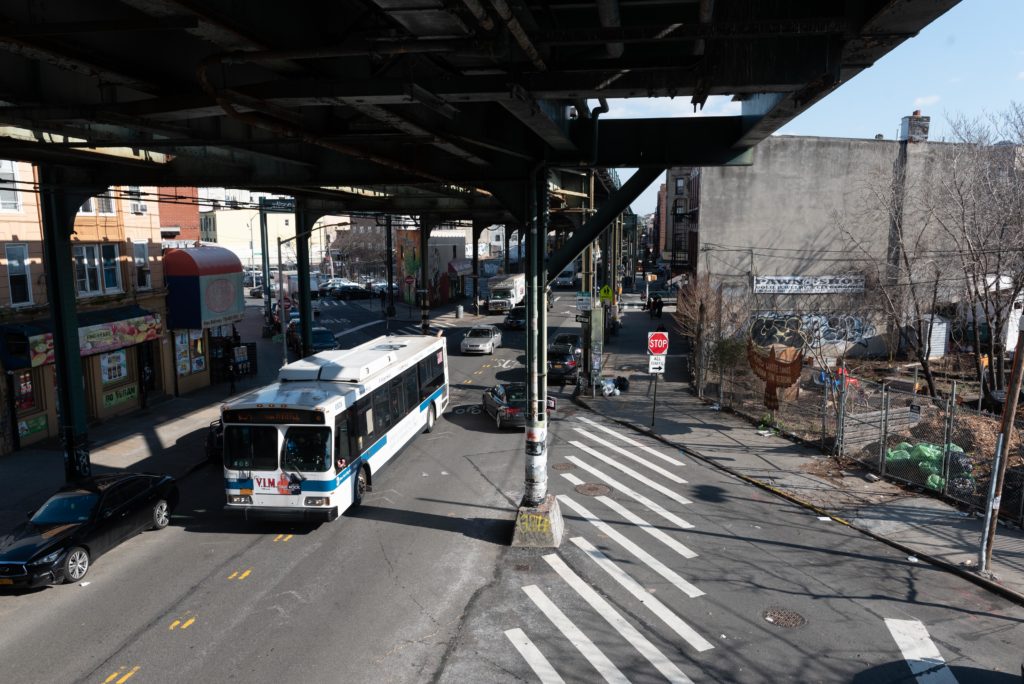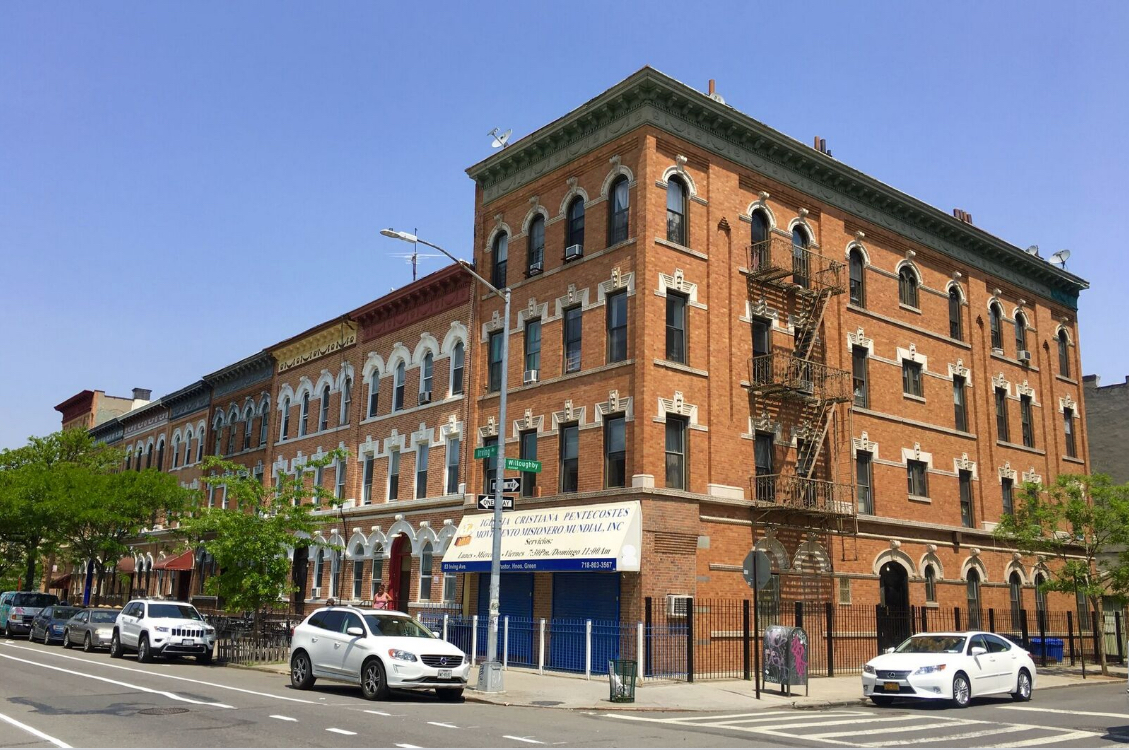Backlash in Bushwick over city’s rezoning plan

In front of an audience packed with community board members, opposition activists and local stakeholders, the city revealed on Tuesday night its draft plan for the long-awaited rezoning of Bushwick.
The draft outlines a set of investments into the community, from parks to health services and affordable housing, along with zoning changes that would increase density in the rapidly changing neighborhood.
Aspects of the plan, especially regarding affordable housing and increased density, were met with contention from some attendees. Opponents of the plan repeatedly interrupted the meeting with comments like “affordable to who?” After a presentation that lasted roughly 45 minutes, city representatives fielded only a couple questions before the meeting was adjourned and attendees were told to leave as the lights flicked on and off.
